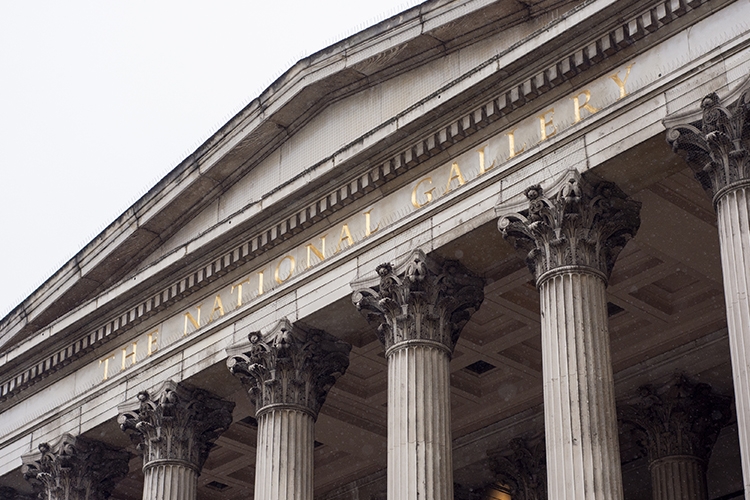By Michel Honoré, directeur national vol fine art and factory, major and complex fine art and specie, Certifié EEA Vol FUEDI, Sedgwick France
Vincent Van Gogh’s famous painting, entitled “Sunflowers” was the object of an attempted act of vandalism on October 14, 2022 at the London’s National Gallery when two activists sprayed it with the contents of soup cans in front of a camera.
Protected by a glass, the canvas itself was untouched, and only the frame of the work was slightly damaged. Is this incident, which was immediately relayed on social networks, indicative of increased threats to works of art, or is it an isolated misdeed?
Can we quantify the number of damages suffered by works of art exposed to the public?
Acts of vandalism are not unusual in museums, but they are rarely publicized. Incidents often come with minimal damage carried out discreetly by an individual that takes advantage of the absence of the guard to commit their misdeed. Leaving their trace on a work of art is not always a premeditated act. Sometimes, the damage can be discovered several days later. As the national museums are most often their own insurers for their collections, these misdeeds are not reported, and no complaint is filed to identify the vandal. It is therefore difficult to calculate statistics.
Why is an increase in acts of vandalism affecting museums?
The development of social networks allows an individual to live broadcast acts of vandalism, such as the attack on the Sunflowers painting or the Mona Lisa in May 2022. We are thus faced with acts of deliberate attempts of degradation with a media character. Works of art are targeted for the symbolism they represent, and in the case of the Sunflowers painting, for its inestimable value. Unfortunately, we may only be at the beginning of this form of activism.
How are these paintings protected?
Regarding the Van Gogh painting, as for the Mona Lisa, one can hope that the activists chose these emblematic works knowing that they were protected by glass. The Mona Lisa was not damaged in any way. As for the Van Gogh painting, only the frame suffered minor damage that can be restored relatively easily. If this work had not been protected by glass, assuming their was a protective varnish, would have largely limited the damage given a quick intervention from a restorer. The pictorial layer would not have been damaged.
This was not the case, however, with the white canvas by the American painter Cy Twomby, which was damaged by a lipstick kiss in July 2007 in Avignon, France. The restoration was almost impossible, despite a financial commitment of more than 33 000 €. The perpetrator, a young Cambodian woman, had been fined for the restoration of the painting.
Lacerations are harder to recover; the restoration of Rembrandt’s “The Night Watch” in 1975 was long, and the painting was again attacked with acid in 1990. The damage will thus also depend on the toxicity of the substances used on the pictorial layer.
What are the consequences of these attacks on the value of these emblematic works?
The probability of whether restoration can be affected is directly proportionate to any losses in value. Other impacting factors include the condition of the painting before the claim, how many restorations have already been carried out previously, and the techniques used. The notoriety of the artist should also be considered.
If many acts of malice are linked to small-time vandals without specific goals, or activists seeking media coverage, a final category is to be taken into account: the artists among themselves. Thus at Art Basel in Miami in December 2019, the “Banana” of Maurizio Cattelan, a simple fruit taped to a wall, was eaten in front of the public by the artist David Datuna. This work had just been sold for $120,000. Should we call this staging vandalism or an artist’s performance? A new piece of fruit was taped to the canvas, suggesting that the mischief was of no consequence.
Finally, let us emphasize that on an artistic level, the subject is not new, since Pierre Bonnard (1867-1947) was surprised by the caretaker of the Musée du Luxembourg while he was painting on an exposed painting that happened to be his own! He wanted to surreptitiously retouch certain details of his youthful work.
The attack on the Sunflowers painting is another reminder of the increased threats to works of art. Sedgwick is well positioned to help reduce risks, restore fine art and provide financial valuation of items and costing of incidents. For more information, read our fine art brochure.

